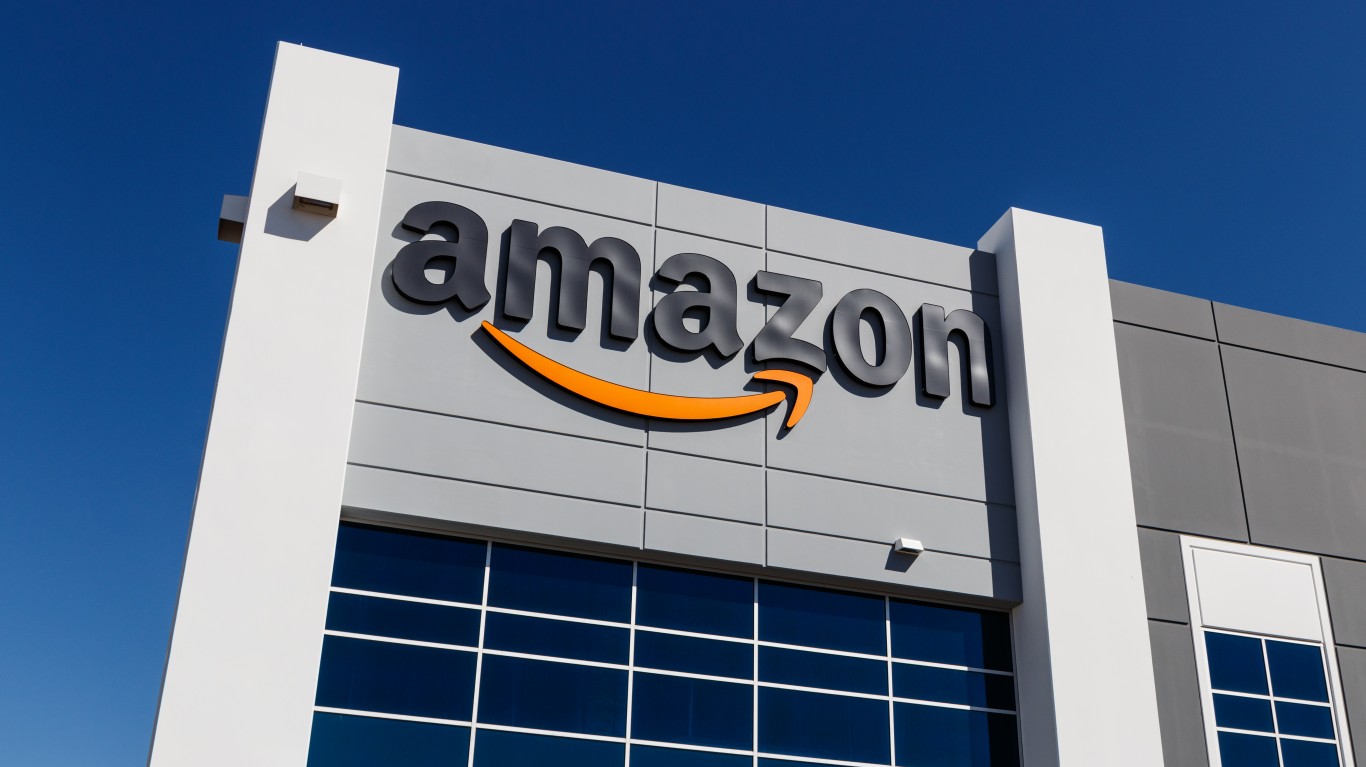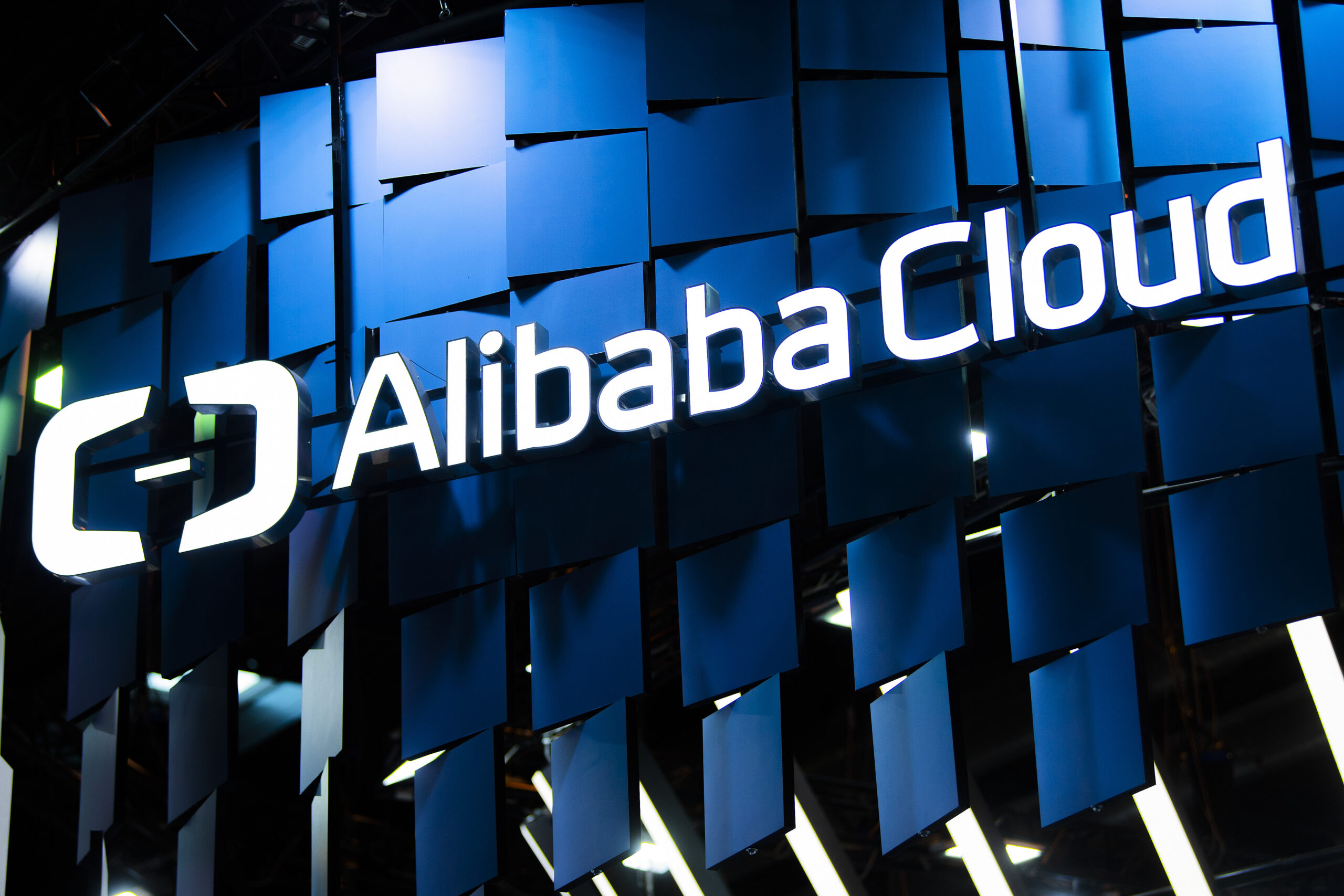Investing
3 Undervalued Stocks That Could Have 25% Upside This Year, Or More

Published:

Before bargain hunting, it’s crucial to grasp what makes a stock undervalued. Stocks represent partial ownership in businesses that generate earnings and cash flow. A stock is considered undervalued if it trades below a conservative estimate of the company’s intrinsic value, which is based on its future cash flow, discounted to present value. Growth companies can also be undervalued, while some seemingly undervalued stocks may be in decline.
Investors don’t always need to accept high valuations when seeking growth. Some stocks offer significant growth potential at reasonable valuations. However, valuation alone isn’t enough. Many telecom stocks have low price-earnings ratios but limited growth and high yields that compensate for declining prospects.
The best stocks combine reasonable valuations with rising revenue and profit margins. A stock with a high price-earnings ratio might be undervalued if it’s experiencing financial success, while one with a low valuation multiple could be overvalued if its profits are shrinking. Those looking for undervalued opportunities in the large-cap tech space may be more hard-up for value, considering where multiples are right now. But these three stocks are among the mega-cap tech names analysts think are at least 25% undervalued at current levels.
Let’s dive in.

Amazon (NASDAQ:AMZN) is primarily known as an e-commerce giant, with its logistics business continuing to drive the majority of its overall revenue. However, from an earnings perspective, the company’s AWS cloud offerings have continued to lead the way. And as Amazon has continued to advance its AI solutions in this realm, its growth rate has picked up in this pivotal sector significantly.
In Q2, Amazon’s AWS segment grew 19%, generating over $26 billion in revenue, surpassing Wall Street’s expectations by nearly 2%. With AI chip supply improving and the company’s AI capabilities gaining traction, analysts at RBC Capital remain optimistic. They recently maintained an Outperform rating with a $215 price target, citing Amazon’s AI investments as effectively bolstering the company’s AWS demand.
On August 5, equity markets experienced their worst day in nearly two years, impacting Amazon, whose shares had already been declining. Over the past month, Amazon’s stock dropped nearly 13%, a significant decline for a $1.79 trillion company. However, long-term performance is expected to recover, with many pointing to the company’s AI advancements as a key growth driver moving forward.
Amazon certainly isn’t an overly expensive stock relative to its peers, trading at just 22.9-times earnings. This multiple is justified due to its numerous growth opportunities and strong competitive advantages, including network effects, high switching costs, and a powerful brand. Amazon’s potential to capitalize on the AI boom and other factors make it a compelling investment. Plus, with strong diversification across various sectors, including e-commerce, cloud computing, and streaming, Amazon appears to be well-positioned for continued growth over the long-term.

Once the leader among Chinese tech giants, Alibaba (NYSE:BABA) faced challenges from fast-growing rivals like PDD Holdings and Douyin. PDD’s low-price strategy drew consumers away from Alibaba, especially in the e-commerce sector, and the company’s success in livestreaming e-commerce further intensified competition. These factors have contributed to Alibaba’s modest 5% e-commerce revenue growth in its 2024 fiscal year, compared to 42% in 2021. Despite this reality, Alibaba retained a dominant 46% market share in 2023, indicating continued consumer preference for its platform.
David Tepper, with a track record of wealth-building over 30 years, doubled his Alibaba stake to over 11 million shares in Q1. His opportunistic strategy, grounded in fundamentals, led him to Alibaba, which is 75% off its highs and trades at a single-digit free cash flow multiple. Also, despite, market pessimism, many value investors believe Alibaba offers substantial value with a very low valuation multiple and $85 billion in assets. Notably, the Chinese tech giant also repurchased $12.2 billion in shares, started paying dividends, and holds potential for a growth rebound.
Alibaba’s stock could gain a boost from a $20 billion inflow as Chinese investors gain access. The upgrade to a primary listing in Hong Kong has been put on hold for a long time, but is (finally) expected to materialize soon. This move may allow Alibaba to move into the limelight among investors who simply don’t want to own China-based shares right now.

Alphabet (NASDAQ:GOOG) is the top player in global online advertising, sporting a $2 trillion market cap. Known for its core Google search business, Alphabet is also a major player in cloud computing, ranking third in the industry. The stock has surged 19% this year and 178% over the past five years. Thus, despite a current correction, its multiple of just 24-times earnings (alongside a small but meaningful dividend yield of 0.5%) make this a value stock tech investors can get behind.
The company’s Q2 results were strong, with Alphabet reporting 14% revenue growth and a 29% rise in net income. Cloud revenue surpassed $10 billion, with Google Cloud’s first billion-dollar quarterly operating profit, driven by AI growth.
Last quarter the company brought in 14% growth in Search, 13% in YouTube ads, and 29% in Cloud revenue, pushing operating income to a record $98 billion. Despite initial fears of falling behind in AI to OpenAI and Microsoft, Alphabet has matched and exceeded these innovations, now leading in AI advancements.
The Wall Street Journal recently highlighed the fact that Google remains the dominant player in its realm, controlling over 90% of global search and powering 70% of smartphones with Android. Alphabet continues to innovate with tools like Google Lens and multisearch, strengthening its AI and advertising capabilities. With digital ad spend projected at $740.3 billion, Google is well-positioned for continued growth and should be able to maintain its competitive advantage for a very long time.
If you’re one of the over 4 Million Americans set to retire this year, you may want to pay attention.
Finding a financial advisor who puts your interest first can be the difference between a rich retirement and barely getting by, and today it’s easier than ever. SmartAsset’s free tool matches you with up to three fiduciary financial advisors that serve your area in minutes. Each advisor has been carefully vetted, and must act in your best interests. Start your search now.
Don’t waste another minute; get started right here and help your retirement dreams become a retirement reality.
Thank you for reading! Have some feedback for us?
Contact the 24/7 Wall St. editorial team.